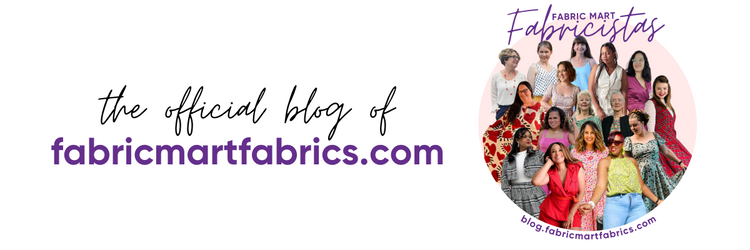Since the last time I wrote about the Burberry-inspired winter coat I am making, I've made a small amount of progress, but it was well worth it. I was able to put together the muslin, which surprisingly only took me an hour or so to get fit. For those of you that do not like doing a muslin, I would say to try and overcome the dislike. (I don't "like" it either! But it will save me time and money in the long run.) It will really help you see what needs to be altered and adjusted. I had to bring the shoulders in a little bit. (This is something I notice in a lot of Simplicity patterns, so I was expecting it.) I also wanted to make my coat shorter, so it allowed me to see how long the coat should be.
Overall I would say that making the muslin was fast for a few reasons:
1) I used a basting stitch on all seams so I could take them out if I needed to.
2) I did not make the coat in its entirety. There is no reason to construct the entire garment (facings and details) since you are only trying to get the fitting right.
I will keep the muslin handy in case I need to try out a tricky section instead of messing up the good fabric.
After having the muslin tweaked, I moved on to cutting out the good fabric! I was nervous to cut it out because I do not have a lot of experience with matching plaids. It was easier than I thought, just time-consuming! It literally took me 2 hours to cut everything out. I cut out each piece, one at a time, rather than folding fabric in half like patterns usually call for. I started with the "back" piece and used that as a basis for all the matching that needed to be done. Once I cut out one piece, I would remove the paper pattern piece and turn the fabric over (right sides together) to cut out the second piece. (You want to make sure that you get a mirror image of the pattern piece.) I matched up the plaids by pinning every larger section of the plaid to the corresponding pattern on the uncut fabric. See the picture below for reference.
 |
| Do you see the pattern piece on the fabric?? |
I used the triangle tabs to match up separate pattern pieces so that when the coat is sewn together the plaids should match up pretty well. (Hopefully!)
Next I will be cutting out the interfacing, flannel interlining and the silk lining. More updates to follow!
Do you have a tip or story about a time you were trying to match plaids?



looking good! plaid isn't really hard, as you say, just requires extra time and patience.
ReplyDeleteThanks! I can't wait to work on it again this weekend!
ReplyDeleteThank you for this post! I have pretty much avoided plaids as well as muslins and need this kind of encouragement. My measurements have slightly shifted, oh my! Where before I fit exactly to pattern measurements, these days those patterns need a tweak here and there, like at the back shoulder, waist girth, and so on. I've come to that turning point where muslins can make the difference between success and failure, and since I love beautiful fabrics and great results, I opt for success...or hopefully so anyway :)
ReplyDeleteI'm glad I was able to help encourage you to work with plaids and muslins! I also just didn't want to give it a try, but am so glad that I did. Most of my sewing involves projects to sell on my etsy shop and it get sort of repetitive. So a project like this where I'm learning something and concentrating on a specific task is fulfilling! ~Julie
ReplyDeleteI have a question about the flannel lining. Do you cut the flannel just like the other lining and put the "real" lining on top of it?
ReplyDeleteThank you for your question! We recommend cutting out the fleece lining with the wool. (You could possibly even cut them at the same time, I would imagine it would keep your fabric from moving when you are cutting so precisely.) From there sew the fleece lining to your wool pieces. You want the exterior to be the sturdy part, adding it to the lining would make the lining bulky when you want that part to have some fluidity.
ReplyDeleteHope this helped!
Thank you!
ReplyDeleteAnother question, should I make the jacket a size larger to accommodate the flannel lining? Or if I put the, together will that sole any kind of bulking problem?
ReplyDeleteSorry, I missed this question. I did not cut it out larger. The flannel does not put enough bulk in it to do so.
ReplyDeleteThanks! I wasn't sure and I didn't want to move ahead on it without guidance! Coats, other than fleece pullovers, are new to me.
ReplyDelete